Can a first try flip phone really raise the bar?

Verdict
An accomplished clamshell with plenty of power, a big battery, and appealing image processing. The Xiaomi Mix Flip is a fine first effort that turns the category into a three horse race.
Pros
- Equally usable whether open or folded, with two stellar screens
- Clean, detailed photo with striking Leica colours
- Long-lasting battery with rapid charging
Cons
- Outer screen support still in the early stages
- No water resistance rating
- Heavy use sees it get toasty
Introduction
Having previously stayed firmly on home soil for its book-style foldables, Xiaomi has decided there’s now enough excitement around clamshells to go global with its debut effort flip phone. The Mix Flip has some catching up to do, with main rivals Motorola and Samsung already several generations deep – but Xiaomi reckons having one of the biggest batteries in the class and a novel take on the cover screen will make all the difference.
Of course it comes with a few AI smarts – what phone doesn’t right now? Leica-influenced image processing also promises to extract the full potential from a pair of 50MP cameras, which should make photography fans sit up and take notice. However, it’s priced to almost directly rival the Samsung Galaxy Z Flip6 here in Europe, leaving the Motorola Razr 50 Ultra to go it alone as the more affordable alternative.
After spending a few weeks using one as my main handset, I’m not convinced Xiaomi has cracked the flip phone formula at the first time of asking – but it definitely does a few things better than any alternative.
>>>>EB-BF742ABE Battery for Samsung Galaxy Z Flip 6
Design & build: hip to be square

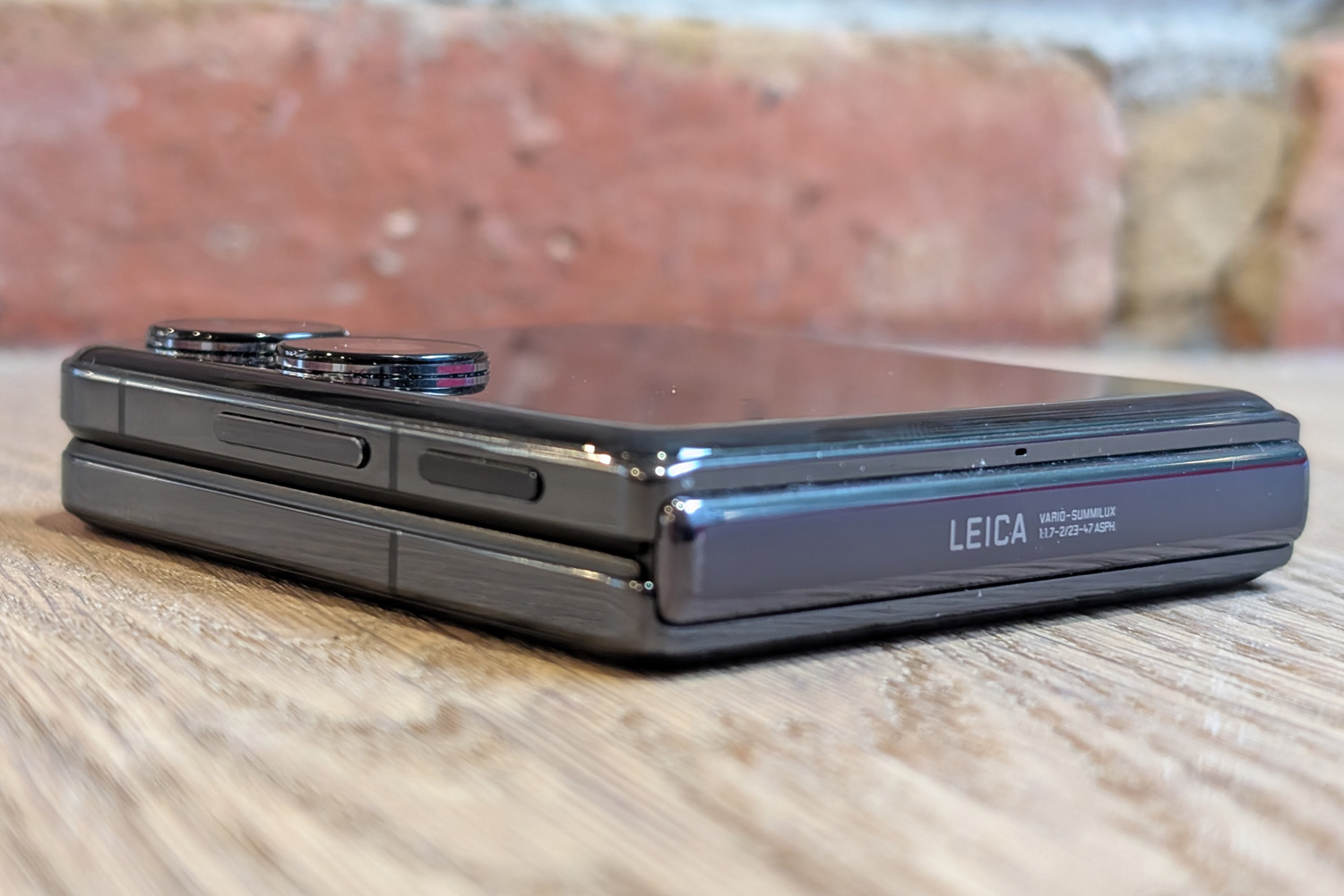
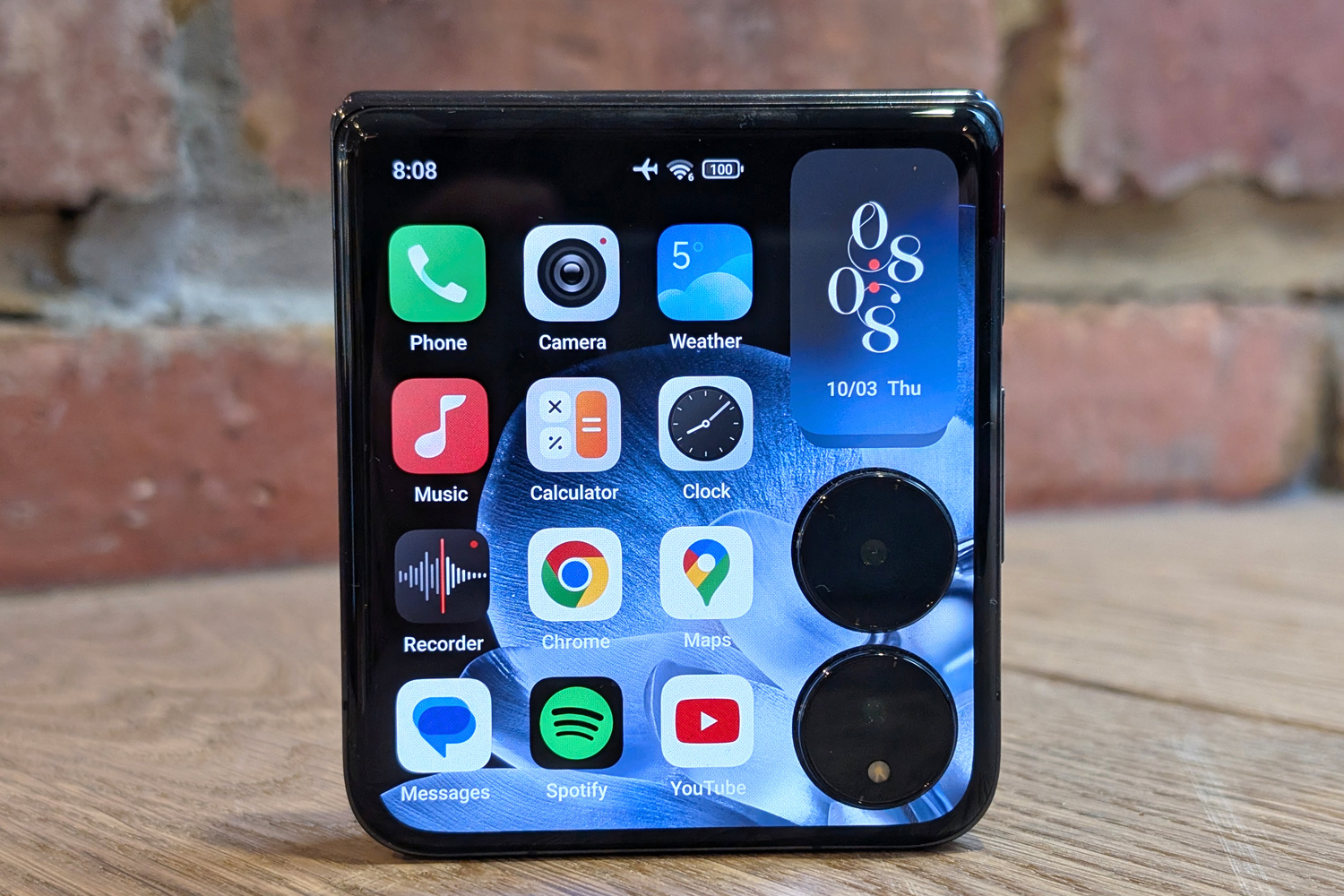

Stop me if you’ve heard this one before. With flat sides made from polished metal, rear glass with a matte finish, and a front-filling screen with two big bites taken out by a pair of exterior snappers, the Xiaomi Mix Flip is about as on trend as a flip phone gets right now. The materials used fend off fingerprints rather well, or at least they did on my black review unit – I’ve yet to see the purple variant in person.
Weighing a respectable 192g and measuring 16mm thick when folded, it’s a little heavier and ever-so-slightly thicker than either the Galaxy Z Flip6 or Razr 50 Ultra. I still had no issues holding it one-handed while folded, and the square shape helped it slip perfectly into my pockets. Though on the subject of slipping, that rear glass does make it quick to slide around on soft surfaces. Don’t expect to put it down on a sofa cushion and it be in the same place when you return.
Opened up this is a tall, slender phone, but the slightly rounded outer panels both have slightly rounded edges that make it more comfortable to grip than the Samsung alternative. You also get one extra goodie the Galaxy omits: an IR blaster for controlling other gadgets.
>>>>>BP4R Battery for Xiaomi 14 Pro
Screen & sound: so much space for activities
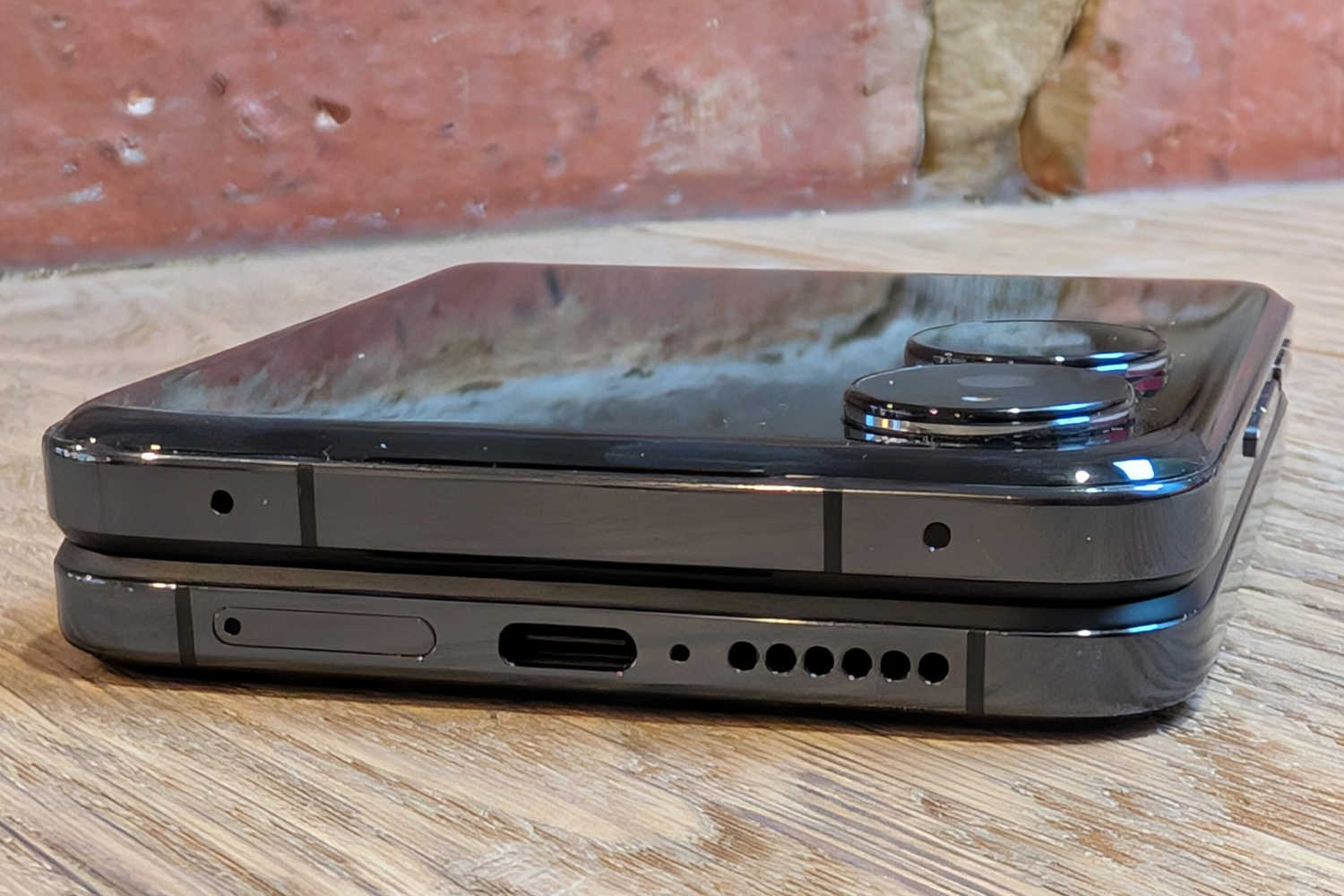
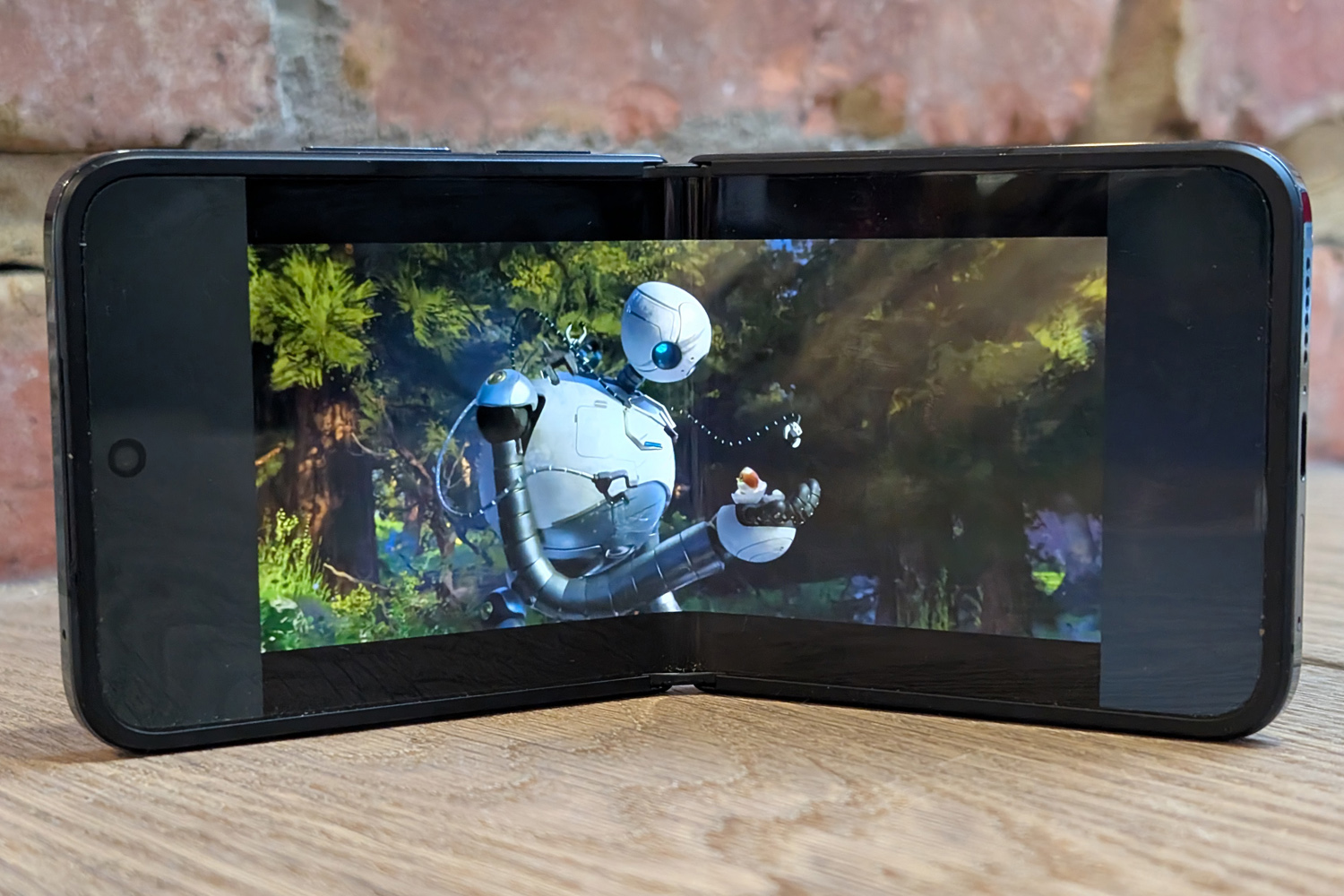
The Mix Flip’s 4.01in cover screen is larger than pretty much every other clamshell, and makes space for the two large camera lenses in a sensible way. The portion of AMOLED panel directly beneath them is reserved for a bunch of widgets, leaving the rest free to run apps in a familiar 16:9 aspect ratio – with no awkward cutouts or obscured areas like you’ll find on Samsung’s Z Flip6 and the Motorola Razr 50 Ultra.
It’s a real treat for the eyes, being bright enough to see clearly outdoors and with the same impactful colours as the larger inner display. Contrast is unsurprisingly epic (it is an OLED, after all), text looks crisp courtesy of a high 1392×1208 resolution, and viewing angles are great, too. Waking it up can be tricky using the power button, which really needed a textured finish to make it stand out from the volume controls; better to activate double tap-to-wake for when you’re just checking the time or glancing at new notifications.
Inside there’s a sizeable 6.86in flexible AMOLED good for 120Hz refresh rates and a peak 3000 nits brightness. That makes it brighter than the Galaxy Z Flip6 on paper, and on par with the Razr 50 UItra. All three are usable outdoors in my experience, and those numbers mainly refer to the brightest bits of HDR content anyway. The Xiaomi is packing plenty of pixels, and has a great colour balance.
Motorola is still the best at hiding its screen creases, with Xiaomi’s being a lot more noticeable. The protective layer on top of the flexibler panel also really highlights light reflections, but I’d say that’s also the case with every other flip phone I’ve used.
Loud and clean-sounding stereo speakers help the Mix Flip make a good impression when streaming music or watching videos. There’s even a small hint of bass, though not to the extent you’ll want to leave your headphones at home. Bluetooth or USB-C only, of course – there’s no 3.5mm port in sight.
Cameras: has the Leica look
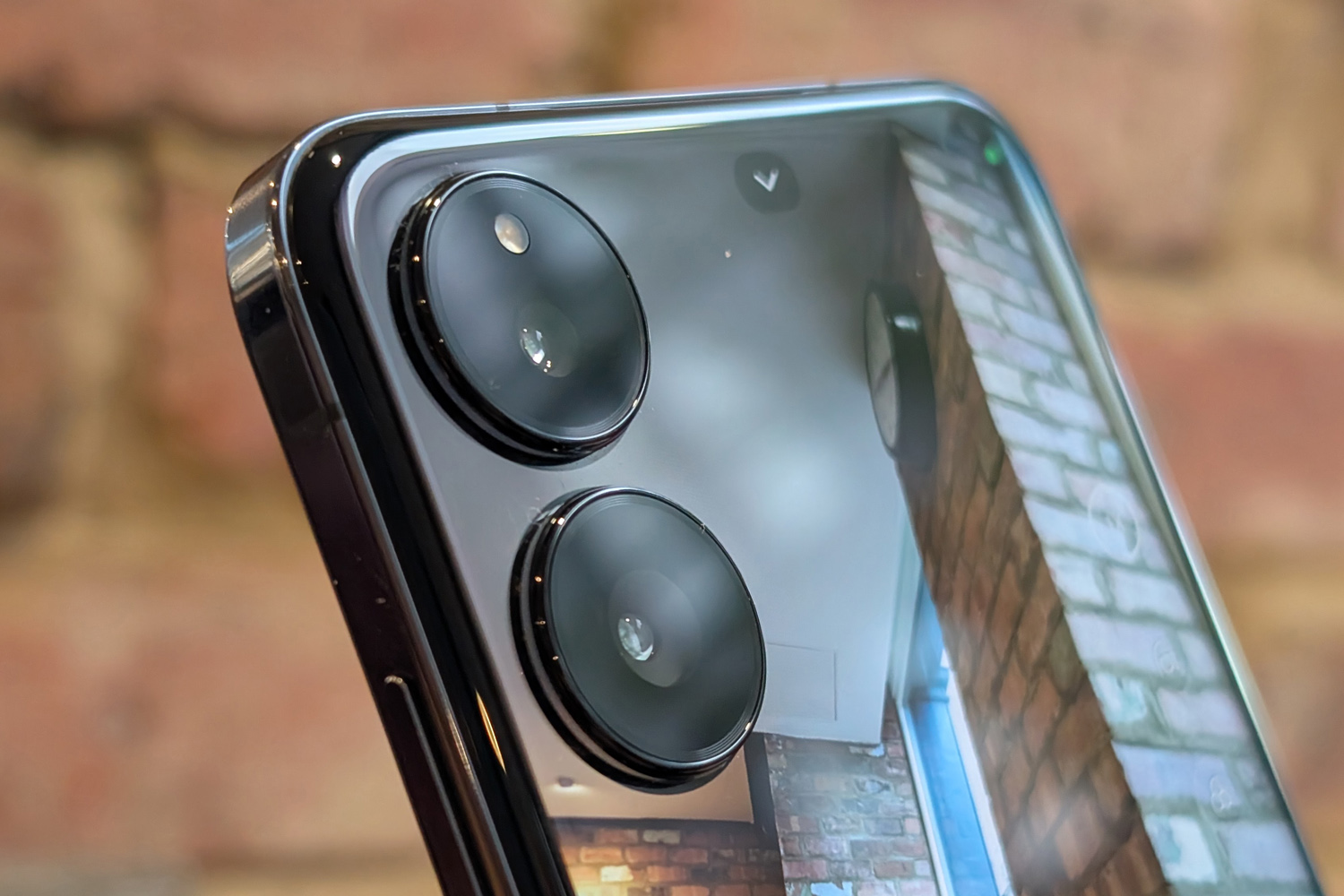
After a few years in the doldrums, it’s great to see flip phones finally getting the sort of camera hardware that can compete with traditional handsets. We’re not talking the true flagship-grade stuff yet, but thew Mix Flip’s twin 50MP snappers are nothing to be sniffed at. The lead lens has an f/1.7 aperture and optical image stabilisation, while the secondary is good for 2x optical zoom – or 4x magnification with some sensor cropping. There’s also a 32MP punch-hole camera which is best reserved for video calls.
That there’s no ultrawide lens will divide opinions. Some will argue the main camera’s high pixel count should be good enough for cropped 2x snaps to negate the need for a dedicated telephoto; others will be glad to see the back of a lens they rarely used in favour of one more suited to portraits. I’m in the latter camp.
What matters most is that the two sensors are wonderfully consistent, with the same excellent colour treatment courtesy of two Leica-backed processing modes. The vignetting seen on Leica Authentic shots adds an almost analogue feel that few clamshell rivals can match. It won’t be to all tastes, though, so Xiaomi wisely defaults to the Leica Vivid setting instead. These colours will probably appeal more to Samsung phone owners, who like their pics a little more vibrant.
Either way, you should expect an excellent level of detail across the board, with plenty of dynamic range, minimal noise and the sort of dramatic contrast that gives depth to even mundane scenes. The 2x zoom lens holds up very well during the day, albeit with a softer presentation the further you get from the centre of the frame. 4x shots are softer still, but you won’t notice unless you’re peeping at pixels. That you can use this lens for close-ups is a real win, too.
Software experience: first flip steps
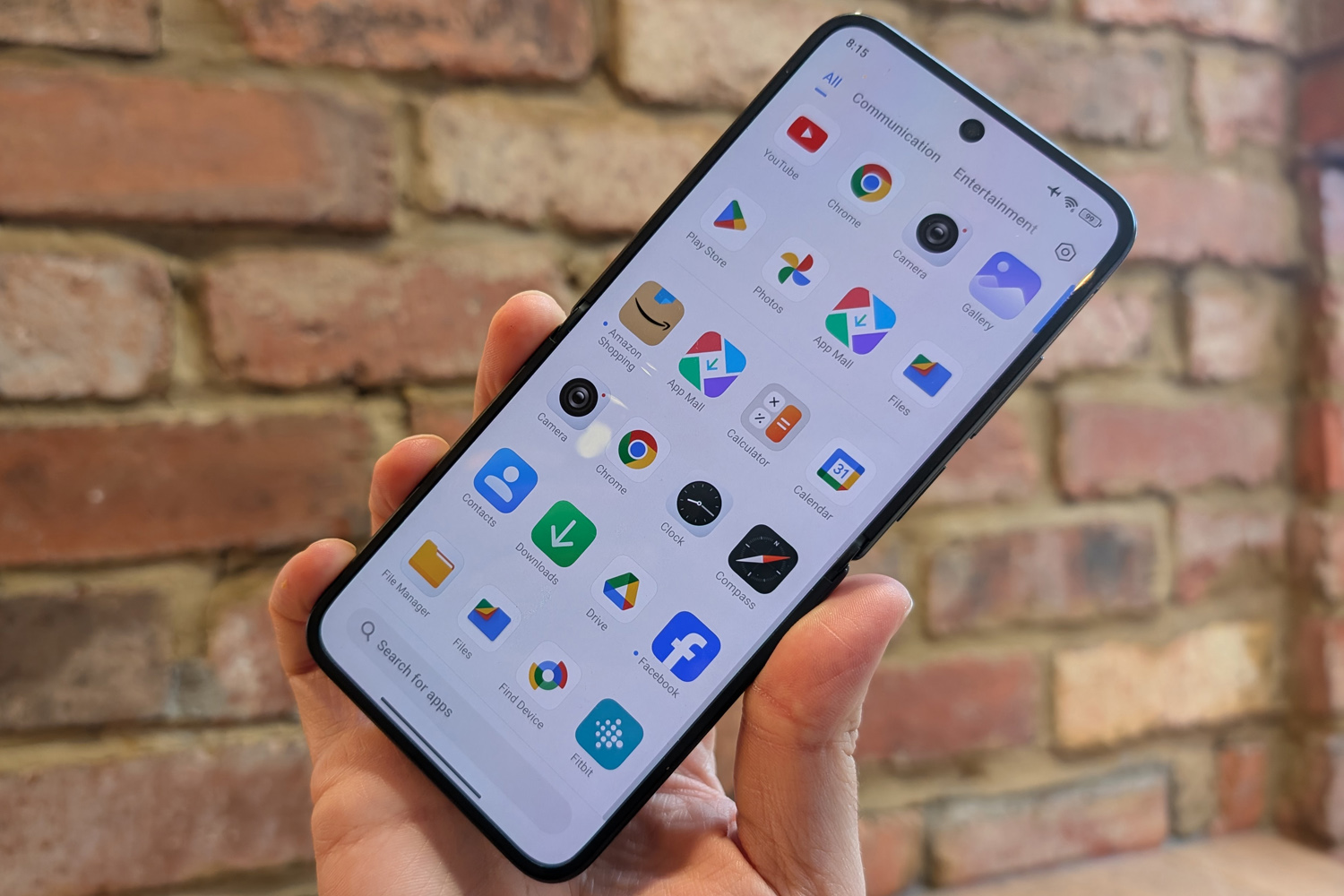
Xiaomi’s Android UI, HyperOS, hasn’t been tweaked all that heavily to accommodate the Mix Flip’s outer screen. A new entry in the Settings screen lets you change its wallpaper, pick from a handful of widgets to fill the bottom corner, and select which apps are available without opening the phone up.
Not every app is supported, and I couldn’t find a way to test my luck with ones Xiaomi had yet to greenlight, unlike Motorola’s more relaxed approach or Samsung’s jump-through-hoops workaround. The firm reckons there are at least 200 heavy hitters at launch, including Facebook, Spotify, Google Maps, Chrome and YouTube. They all work about as well as you’d expect, crammed into a space roughly the same size as the original iPhone’s screen, with small icons that can be fiddly to tap. I was surprised how well I could type out SMS messages on the diddy onscreen keyboard, though.
The selection of widgets that can fill the small chunk of screen real estate beneath the camera lenses is pretty limited at launch, and while Xiaomi has committed to four new Android generations, it remains to be seen whether it’ll expand the Flip-specific features any time soon. There’s no way to download more through its Themes app, either.
As a higher-end handset, the Mix Flip has less pre-installed bloat than the Xiaomi 14T Pro. There’s mostly just the own-brand ones vying for your attention alongside Google’s usual selection.
Elsewhere, Xiaomi is ploughing on with AI adoption, bringing Google Gemini at launch and Circle to Search soon with an OTA update. Artificial intelligence also powers system-wide subtitles (a nice push for accessibility, if not always accurate), and will eventually include text summaries, audio transcription and language translation – though none were on my review unit.
I could try AI expansion, which extends images you’ve cropped in on too tightly, and AI Magic Erase Pro to remove unwanted objects and people from photos. I’d say both work as advertised, though Google and Samsung’s algorithms produce pics that are a little more convincing right now.
Performance & battery life: plentiful power, not always needed
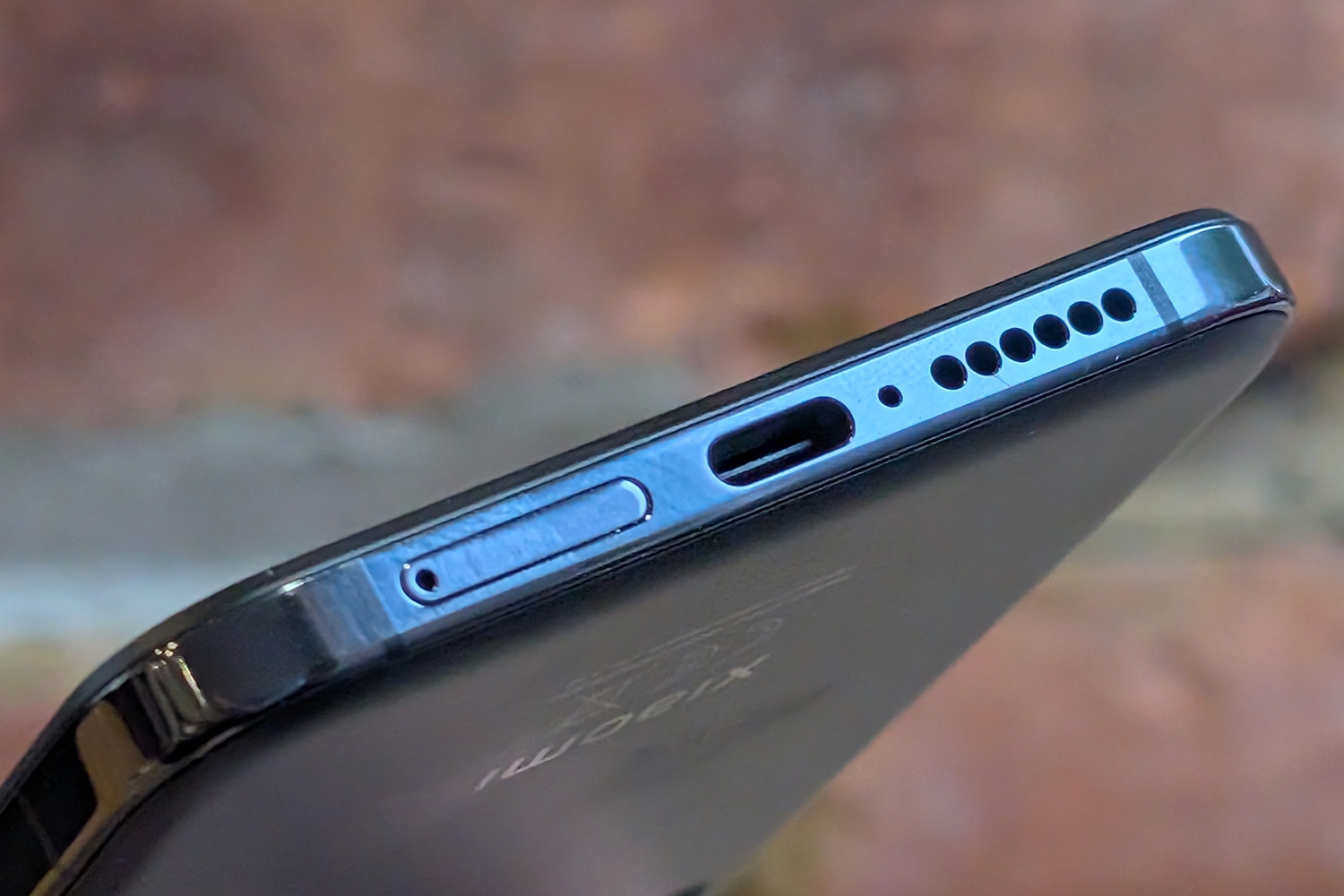
With a Snapdragon 8 Gen 3 chipset, 12GB of RAM and a healthy 512GB of storage, the Mix Flip ticks the same hardware boxes as most top-tier Android phones released this year, clamshell or otherwise. That gives it an advantage over the Razr 50 Ultra’s downclocked S variant, and should mean it slots beneath Samsung’s “for Galaxy”-tuned silicon.
Benchmarks say otherwise, with the Xiaomi carving out a lead in both AnTuTu and the Geekbench single- and multi-core tests. Unsurprisingly that translated to near-flawless performance in regular use, with apps opening in a flash and split-screen multitasking always smooth.
The problem is it can’t maintain peak performance for too long without getting hot under the collar. That’s unlikely to cause issues if you’re sticking to streaming, image editing and productivity tasks, but could mean a slightly diminished performance in games over time. Demanding releases like Zenless Zone Zero let me crank the details and played smoothly for a short burst, but gamers might want to think about alternatives. Then again, I’m hopelessly addicted to Balatro right now, which doesn’t push the phone anywhere near its limits and can easily wipe away hours of my evenings.
It has the largest battery capacity of any flip phone I’ve tried to date, but the Mix Flip also has a flagship-grade CPU sapping power at a considerable rate. In a video rundown test, it managed between 14 and 15 hours – roughly the same as the Razr 50 Ultra. Motorola’s phone has a smaller battery, but also a less potent processor, so it evens out overall.
The nature of a clamshell meant I wasn’t opening the Mix Flip every time a notification came through, so I was less likely to check in on my social feeds and news apps. That resulted in better real world battery life than I’ve seen from traditional phones with even bigger batteries. I had to work hard to drain it completely in a day spend connected to Wi-Fi, and it was only while travelling exclusively on 5G that I felt the need to plug in before the evening was out. Xiaomi has done far better in this respect than Samsung’s latest flip phone.
The Mix Flip has the Galaxy Z Flip6 soundly beaten on wired charging speeds, too. On a 67W power brick, a full charge takes a little over 50 minutes, or half the time it takes the Samsung to do the same. You don’t get wireless charging here, though – something you will find on the Galaxy.
Xiaomi Mix Flip verdict
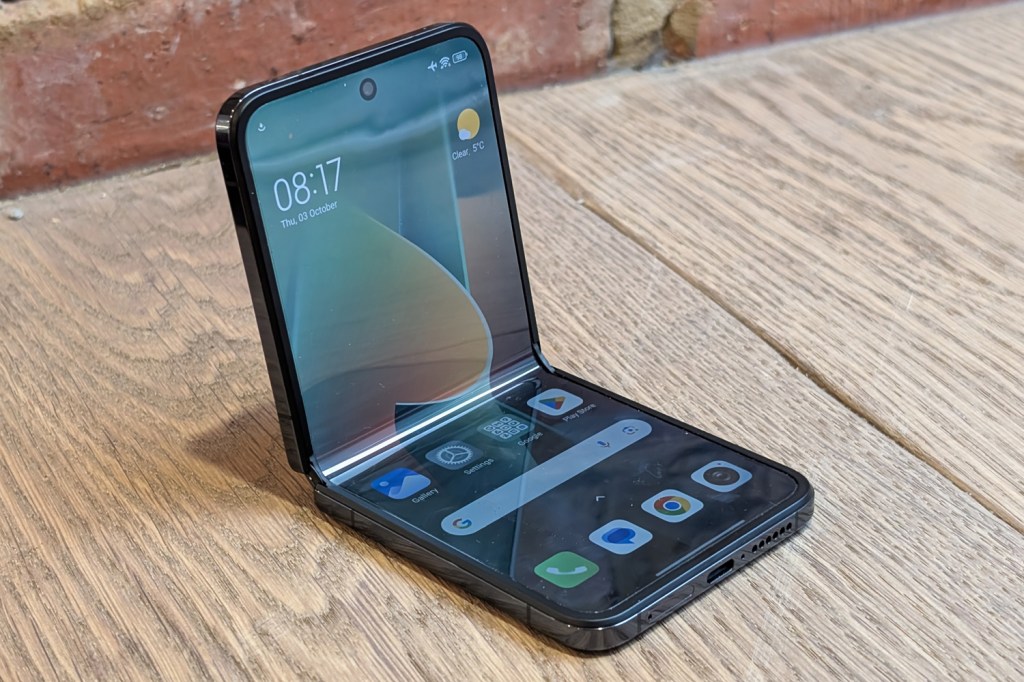
I don’t think the Xiaomi Mix Flip is the very best clamshell phone around – but it does dominate the competition in a few key areas. Battery life and charging speeds are fantastic, the sensibly-shaped outer screen is a great shape for full-screen apps (if still a little cramped), and the cameras produce wonderfully atmospheric photos with very little effort.
If those features are higher on your wish list than water resistance or a clean take on Android, this is a phone that deserves your attention – even if that means accepting a less than subtle crease on the inner screen. Xiaomi’s burgeoning app ecosystem and AI enhancements are a step behind Samsung’s, too – and the Mix Flip doesn’t have price on its side compared to the Z Flip6, now that discounts and contract deals have come into effect.
It’s the outside choice, but one that’ll reward keen photographers in a way few flip phones can.
Xiaomi Mix Flip technical specifications
| Screen | 4in, 1392×1208 AMOLED w/ 120Hz, 3000nits (outer) 6.86in, 2912×1224 AMOLED w/ 120Hz, 3000nits (inner) |
| CPU | Qualcomm Snapdragon 8 Gen 3 |
| Memory | 12/16GB |
| Cameras | 50MP, f/1.7 w/ PDAF, OIS + 50MP, f/2.0 w/ PDAF, 2x optical zoom rear 32MP, f/2.0 front |
| Storage | 256GB/512GB/1TB on-board |
| Operating system | Android 14 w/ HyperOS |
| Battery | 4780mAh w/ 67W wired charging |
| Dimensions | 74x74x16mm (folded) / 168x74x7.6mm (unfolded) 190g |